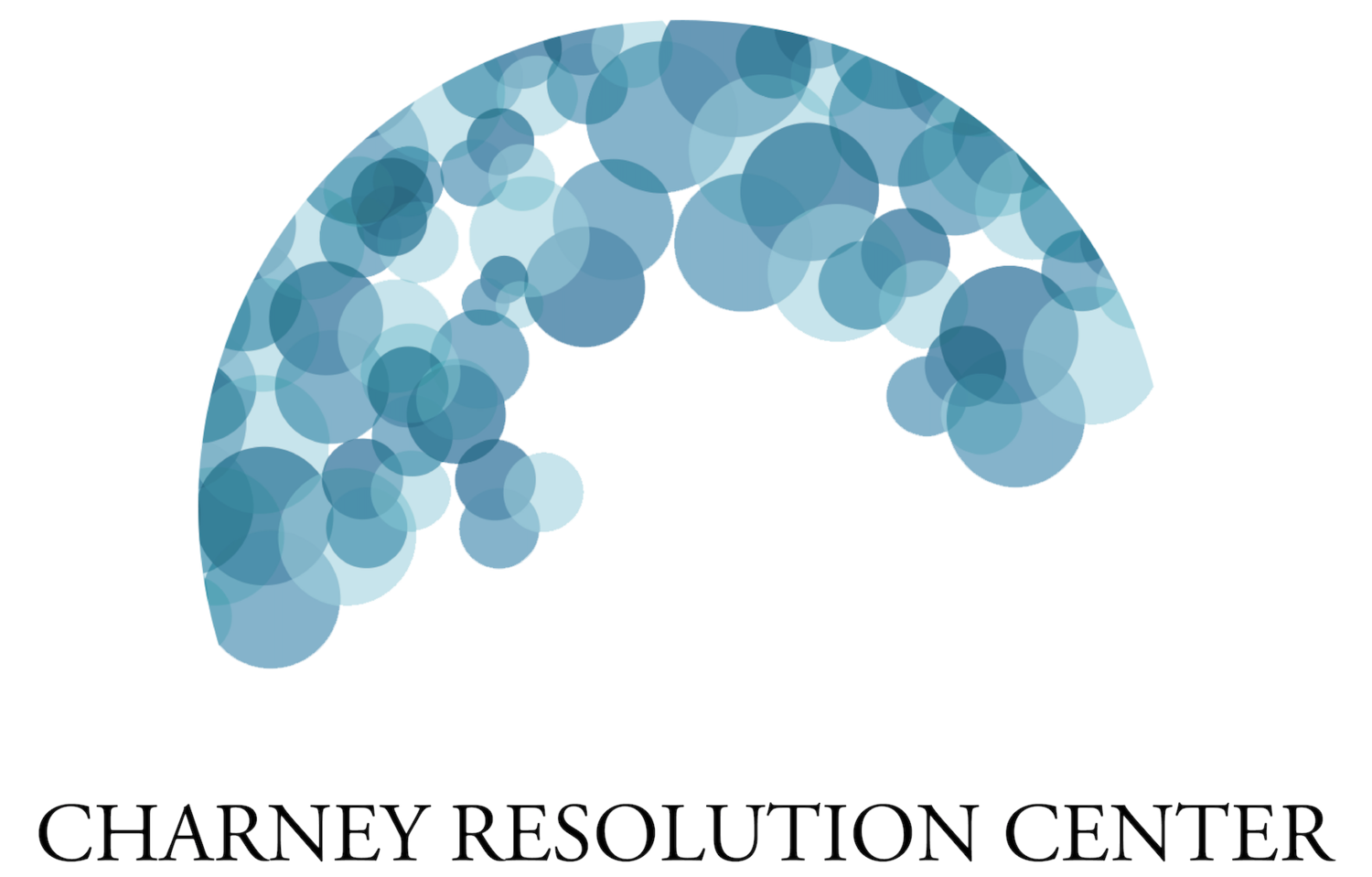I started college last fall in Memphis, Tennessee (USA) and, though many international friends of mine went home when our school shut down because of COVID-19 in March, I decided to stay and, therefore, witness the wave of Black Lives Matters (BLM) protests in May. The BLM movement goes way back to 2013 and keeps its momentum through the years, but it has been vigorously rekindled following the tragic deaths of Ahmaud Arbery, Breonna Taylor, and George Floyd. Protests were happening not only across the United States but also around the world, emphasizing that structural racism is a global problem, and Memphis obviously isn’t an exception to this issue. Quite on the contrary, this city, whose Black history is profound and whose majority of the population is Black, experiences racism like no others, from being the “food desert” capital of the country to having Superfund sites mostly concentrated in Black neighborhoods. Protests were happening daily in downtown, midtown, and surrounding cities in Shelby county like Germantown and Collierville, most of which are relatively peaceful and demonstrate this beautiful unity among Memphians of all races against systemic discrimination. I personally feel strongly for the movement and have participated in several ways, starting with running 2.23 miles in support of Ahmaud in early May. At the peak of the movement in June, I was protesting on a weekly basis, from kneeling for George Floyd to sitting in for police defunding. I was also educating myself on nonviolent civil disobedience and Memphis’s Black history through training and documentaries. I donated to trusted national and local organizations such as the BLM Network and community bail funds. And last but not least, social media has proven itself to be a powerful advocacy tool and I was using it to amplify people’s voices and my own as we stand in solidarity against the hatred and bigotry that has been perpetuated in the world for too long.
Khanh Ton, CRC Ambassador



